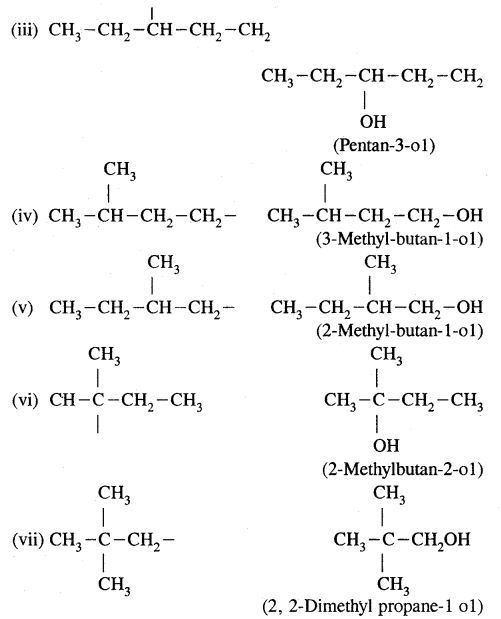The Hanby test will not be able to distinguishing totally different hydrocarbon fractions in a posh mixture. Other interferences could also be inherent to the sample matrix and can range in response to the actual test and manufacturer. Manufacturers list specific interferences of their directions. The tubes are designed to supply an acceptable result if the appropriate volume of air is drawn by means of them, as required for every particular check. Clor-N-Oil kits are available at concentrations of 20, 50, 100, or 500 ppm Aroclor 1242. Clor-N-Soil kits are available at a focus of 50 ppm Aroclor 1242. The kits are ready for those particular concentrations as a result of those levels are frequent regulatory thresholds. The Clor-N-Soil and Clor-N-Oil kits are ready carefully with premeasured solvents and reagents to provide results at a set threshold stage. Clor-N-Oil and Clor-N-Soil kits might produce false positives for PCBs due to the presence of other chlorinated organics, since the 2 checks measure whole concentrations of chlorine.
Inorganic chloride salts present in road salt or seawater may produce false positive results in oils as no extraction is performed on these samples. Calibration resolution is offered by the manufacturer in the test package that provides the extraction solvents and different reagents. The extraction course of for soil samples leaves salts behind in the soil. There may be little proof of chemical interference with the SiteLab® system, and soil moisture content in all probability has a really limited effect. In a typical air-injection system, an engine-driven pump injects air into the exhaust manifold, where the air combines with unburned hydrocarbons and carbon monoxide at a high temperature and, in effect, continues the combustion process. Another space for extra combustion is the catalytic converter, consisting of an insulated chamber containing ceramic pellets or a ceramic honeycomb construction coated with a skinny layer of metals similar to platinum and palladium. High in the atmosphere, a layer of ozone protects us from the solar's ultraviolet rays.
 Sulfur dioxide and carbon monoxide present in vehicle exhaust emissions contribute to the creation of tropospheric or ground-level ozone. The primary method to chop these emissions is through decreasing our use of gas, and this can be completed by (a) driving much less, and (b) utilizing extra gas-environment friendly cars. You may develop crystals in one of three major methods: from a vapor, from an answer or from melt. Answer: Methyne doesn't exist as for alkynes to make there should be one carbon-carbon triple bond so two carbon atoms are needed. Alkanes contain more than double the number of hydrogen atoms than carbon atoms. By ignoring the oxygen atoms we have now C8H10BrClN2. Sure, we might have chosen Olympus Mons, a shield volcano the size of Arizona and three times the height of Mount Everest, but how would exploring that monster be any simpler? Higher concentrations may be measured by diluting the pattern or using a sample of a smaller size. Kits could be purchased for a number of completely different "threshold" concentrations that trigger totally different regulatory necessities. The AQR Color-Tec® system is semi-quantitative, but is sensitive, and may detect small portions (approximately 2 micrograms per liter) of VOHs if a large volume (200 ml) of air is used for the purge.
Sulfur dioxide and carbon monoxide present in vehicle exhaust emissions contribute to the creation of tropospheric or ground-level ozone. The primary method to chop these emissions is through decreasing our use of gas, and this can be completed by (a) driving much less, and (b) utilizing extra gas-environment friendly cars. You may develop crystals in one of three major methods: from a vapor, from an answer or from melt. Answer: Methyne doesn't exist as for alkynes to make there should be one carbon-carbon triple bond so two carbon atoms are needed. Alkanes contain more than double the number of hydrogen atoms than carbon atoms. By ignoring the oxygen atoms we have now C8H10BrClN2. Sure, we might have chosen Olympus Mons, a shield volcano the size of Arizona and three times the height of Mount Everest, but how would exploring that monster be any simpler? Higher concentrations may be measured by diluting the pattern or using a sample of a smaller size. Kits could be purchased for a number of completely different "threshold" concentrations that trigger totally different regulatory necessities. The AQR Color-Tec® system is semi-quantitative, but is sensitive, and may detect small portions (approximately 2 micrograms per liter) of VOHs if a large volume (200 ml) of air is used for the purge.
This system requires a sealed cap to the fuel tank. The PetroFLAG™ system exhibits a lower detection restrict of about 20 ppm for heavier hydrocarbons, similar to oil and grease. PetroFLAG™ analyzes for whole petroleum hydrocarbons with the outcomes mathematically corrected to estimate the particular fraction current within the pattern. Confirmatory samples are collected from the same pattern that is analyzed on site with the test package but are sent to a laboratory off site for formal analysis. 4%) will positively interfere with the Clor-N-Oil analysis. The PetroFLAG™ test package will detect hydrocarbons at concentrations in the range of 20 to 2,000 ppm. Quantitation of individual petroleum merchandise with PetroFLAG™ is feasible solely when the kinds of hydrocarbons to be analyzed for are identified. Calibration requirements supplied with the unit are used to perform a two-point calibration for the PetroFLAG™. The SDI Quick uses three requirements supplied with every test equipment to calibrate the Envirometer. Direct ppm readout. Recorder output is provided for non-obligatory recorder. Digital readout in %T, absorbance or focus. Ranges: 0-100% T; 0-2 absorbance units; and 0-1 and 0-0.1 focus. A conversion table is used to offer an estimated focus for each tube reading. The SDI Quick shouldn't be liable to significant chemical interference, though 2,2,2-trichloroethanol has an interferent effect at a focus of 2,000 micrograms per liter.












0 komentar:
Posting Komentar